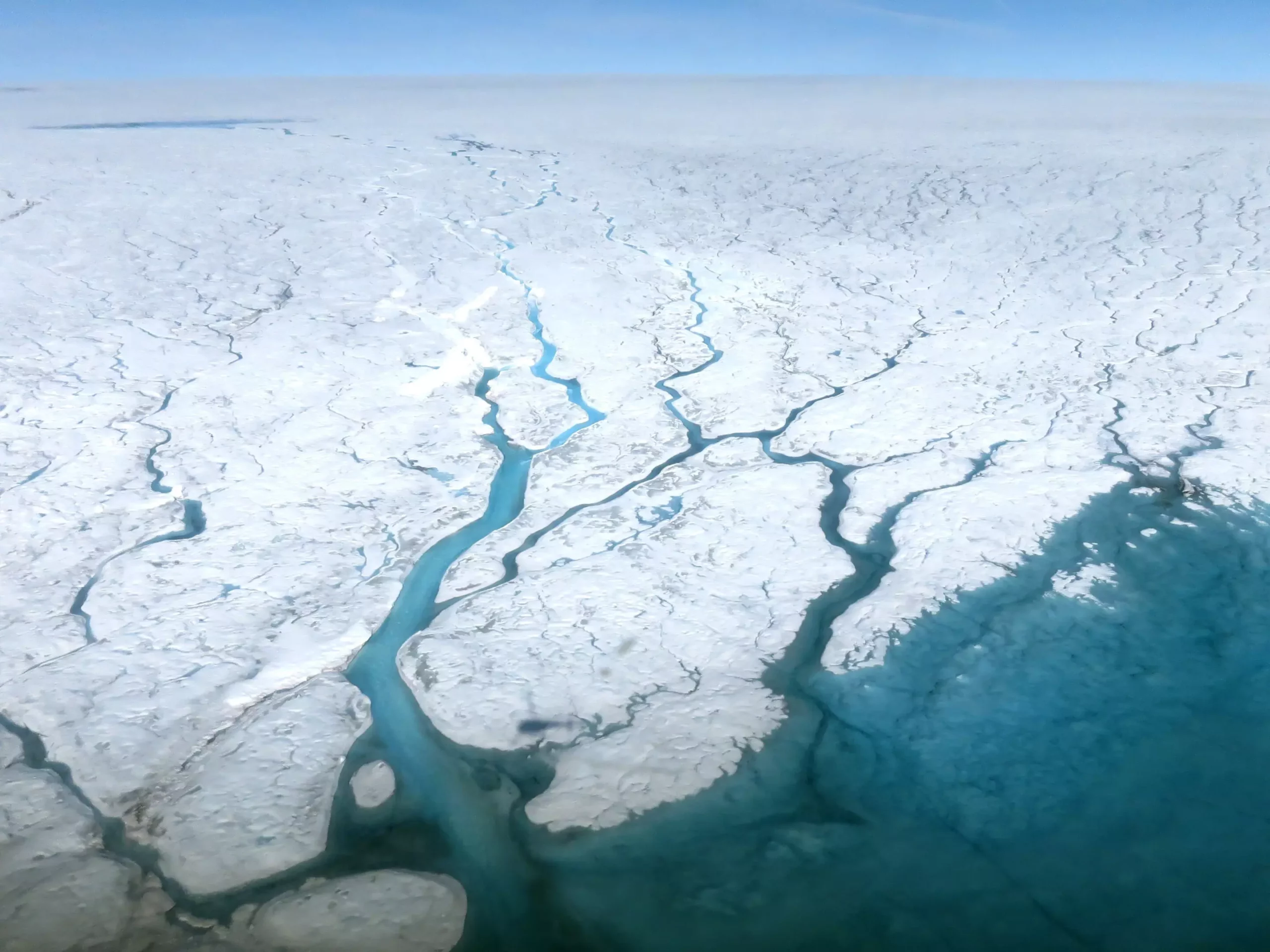As concerns about climate change intensify, researchers are keenly examining mechanisms that influence sea level rise globally. A pivotal study conducted by a team at The University of Texas at Austin, in collaboration with NASA’s Jet Propulsion Laboratory (JPL) and the Geological Survey of Denmark and Greenland (GEUS), has recently shed light on the processes involved in ice sheet meltwater dynamics. This groundbreaking research offers new insights into how impermeable horizontal ice layers form beneath the surface, which could significantly enhance our estimates of sea level rise related to the melting of the world’s largest ice reservoirs.
Innovative Findings on Firn Layers
The research, led by graduate student Mohammad Afzal Shadab and involving co-authors Marc Hesse and Cyril Grima, was published in Geophysical Research Letters. The ice sheets of Greenland and Antarctica, often viewed as the planet’s largest fresh-water reserves, are uniquely covered with firn—an old, less compacted form of snow. The interplay between meltwater and firn is crucial, as it determines whether meltwater will be trapped and refrozen in the firn or flow directly into the ocean. Prior assumptions suggested that this firn layer would absorb and slow down melting; however, Shadab highlights a fascinating counterpoint—impermeable ice layers can emerge, facilitating rapid meltwater flow to the seas instead.
Understanding the formation of these impermeable layers is vital for predicting sea level rise. The researchers propose a new conceptual framework, positing that the creation of ice layers is a battleground between two forces: the flow of warmer meltwater descending through the firn’s pores and the freezing potential of cold ice in contact with this water. This competition determines where new ice layers will form, which is particularly important for calculating how much meltwater will contribute to sea level rise.
Hesse articulated the challenges faced in extrapolating findings from mountainous firn studies to the expansive ice sheets, illuminating the distinction in conditions between the two. Unlike mountain regions where ponds of accumulated water were known to contribute to the ice layer formation, the data from Greenland indicated that melt production, even during extreme events, was insufficient to create such ponds. The exploration of heat conduction and advection in this environment thus offers nuanced and crucial contributions to the field.
Ground Truthing the Research
To validate their hypotheses, the team employed a rigorous methodology by comparing theoretical models against empirical data. In 2016, a comprehensive dataset was established through fieldwork in Greenland’s firn, where scientists utilized radar technology and thermometers to track meltwater movement. This comparative analysis revealed that traditional hydrological models often diverged from actual observations. In contrast, the new mechanism proposed by Shadab and his colleagues aligned with field measurements, providing a vital proof-of-concept for their findings.
The researchers made another unexpected discovery related to the layering of ice: its depth serves as a thermal history record, indicating the conditions prevalent during its formation. This insight provides a dual purpose; not only does it enhance predictive capabilities, but it also contributes to an understanding of historical climate patterns.
Currently, the melting ice in Greenland adds approximately 270 billion tons of water to the oceans annually, overshadowing Antarctica’s contribution of 140 billion tons. This aggregate effect results in an annual net increase in sea level that can be quantified in terms of volumes greater than two-and-a-half Lake Tahoes. Yet, the projections regarding future contributions to sea level rise from these ice sheets remain broad-ranging, with estimates suggesting an increase of between 5 to 55 centimeters by the year 2100. This uncertainty is a significant challenge for climate scientists, thus underscoring the need for further research.
In light of these developments, it is evident that the complexity of processes governing ice melt must be faithfully captured in climate models to enhance predictive accuracy. Surendra Adhikari emphasizes the intricate dynamics at play, suggesting that existing models have oversimplified realities. Going forward, a deeper understanding of firn dynamics and impermeable layers will not only refine predictions of sea level rise but also bolster our preparedness for the overarching impacts of climate change. This research illustrates that the science of ice behavior is not merely an academic endeavor, but a crucial component of safeguarding our global ecosystems against the profound challenges of a warming planet.


Leave a Reply